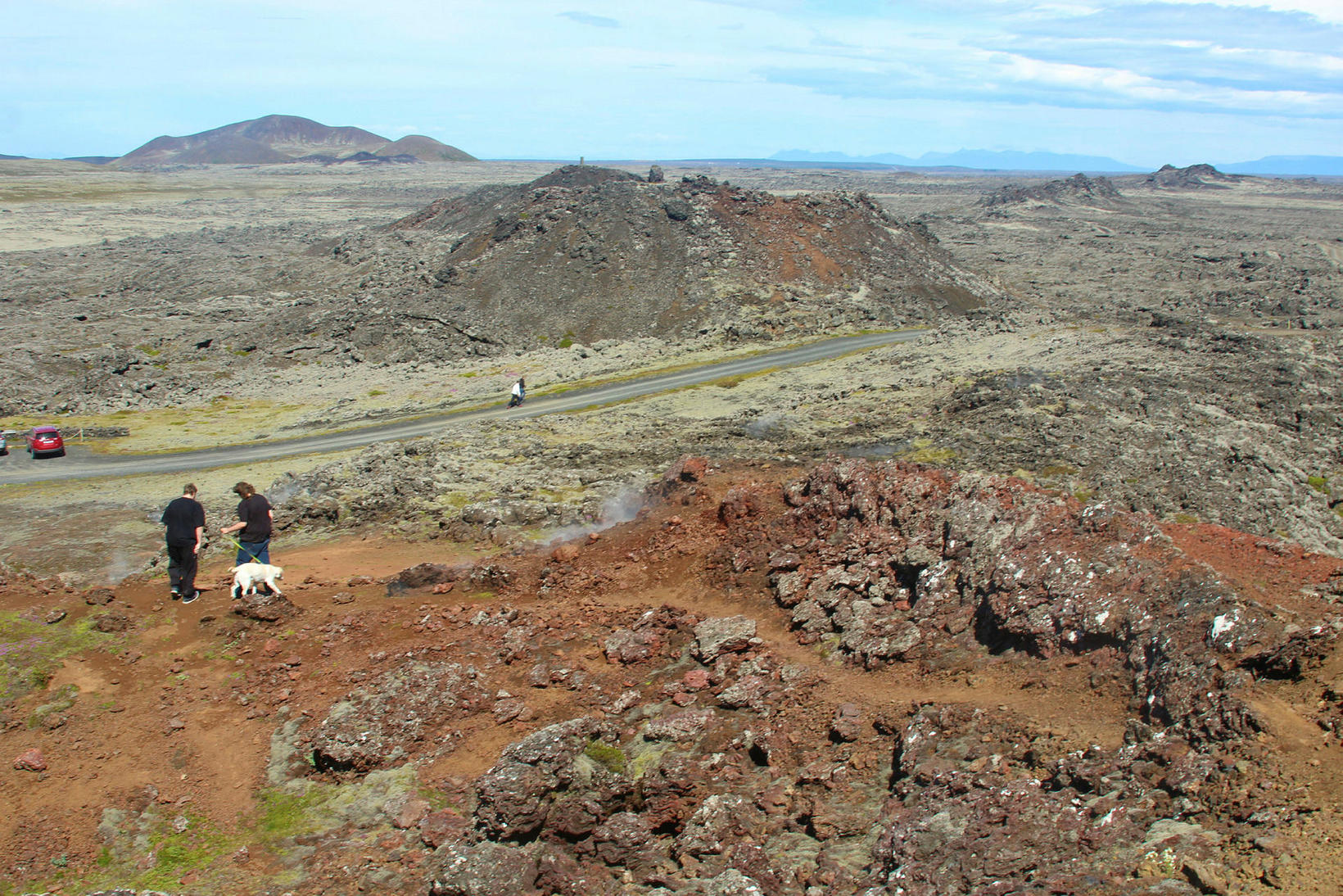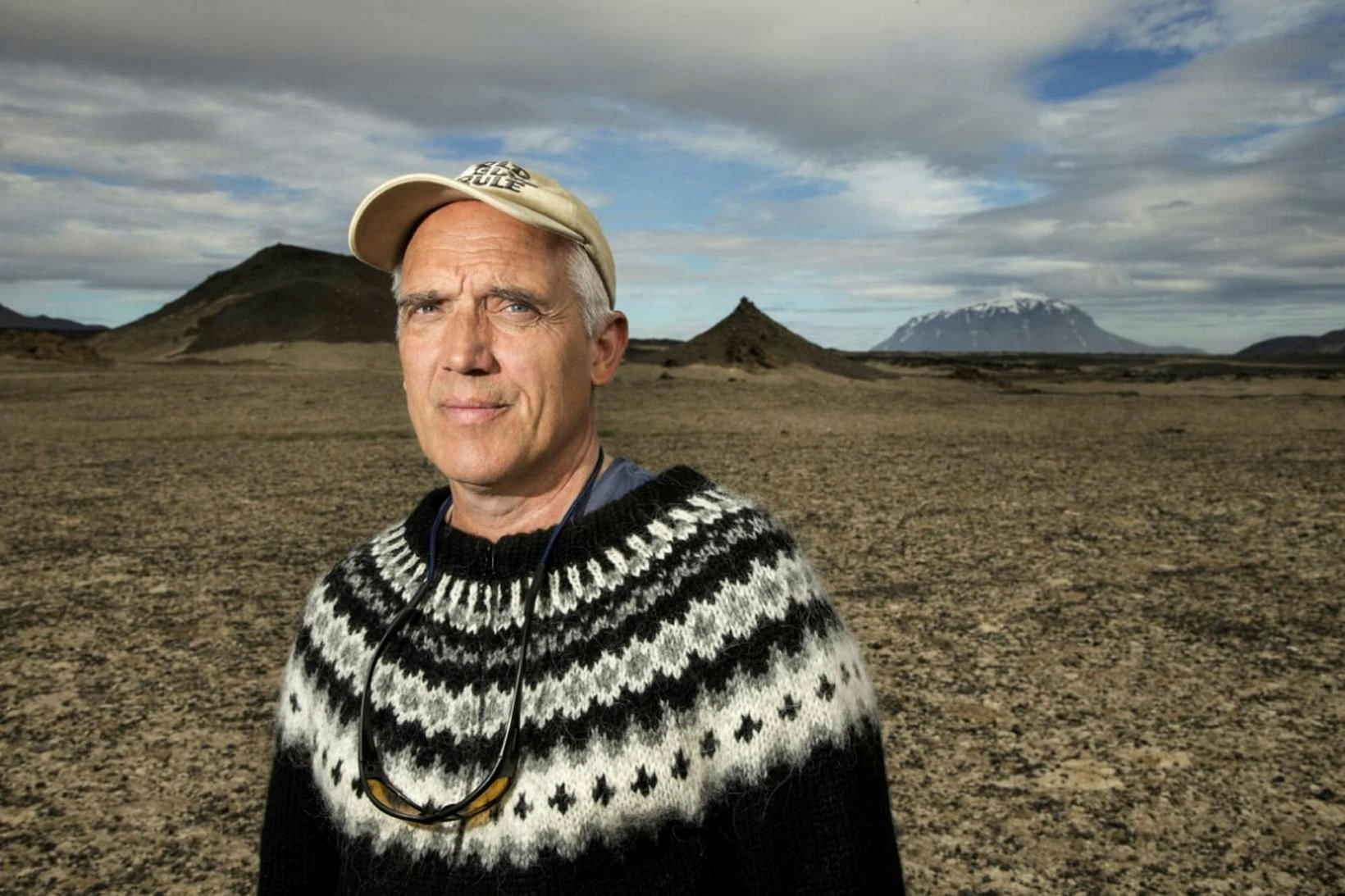The inflation is moving westward
“We may have to wait until the autumn to see the next volcanic eruption,” says Ármann Höskuldsson, a volcanology professor at the University of Iceland, when asked if he thinks the Reykjanes peninsula will soon see a new eruption. Höskuldsson believes the volcanic activity will shift to Eldvörp and says new satellite images show that the inflation is moving westward along the peninsula.
“I expect this behavior to change when the Eldvörp eruption begins. Then it’s easier for the magma to reach the surface and then we’ll have an expected longer eruption and possibly some other different behavior,” Höskuldsson tells Morgunblaðið.
Ármann Höskuldsson, volcanology professor at the University of Iceland, thinks that the next eruption might not be until the fall because the inflation is moving westward towards Eldvörp.
Seismic activity has been observed on and off in Mt Fagradalsfjall in recent weeks and months. The inflation at Mt Fagradalsfjall is small compared to the inflation at Svartsengi according to Höskuldsson and he says that he believes that seismic activity is tension in the Eurasian plate drifting from American plate. The last eruption in Mt Fagradalsfjall’s volcanic system was in July of last year. Höskuldsson says that he thinks that the Mt Fagradalsfjall system is completely in the Eurasian plate now.
“The Fagradalsfjall mountain is an area that doesn’t have to erupt. It was these techtonic tensions that came out at the beginning that led to this hole forming and the magma came out on top. It’s not really a typical tension sliding like we’re looking at in Sundhnúkagígar crater row and we’re going to see in Eldvörp and on the edge of Reykjanes,” Höskuldsson says.


/frimg/1/47/6/1470629.jpg)







